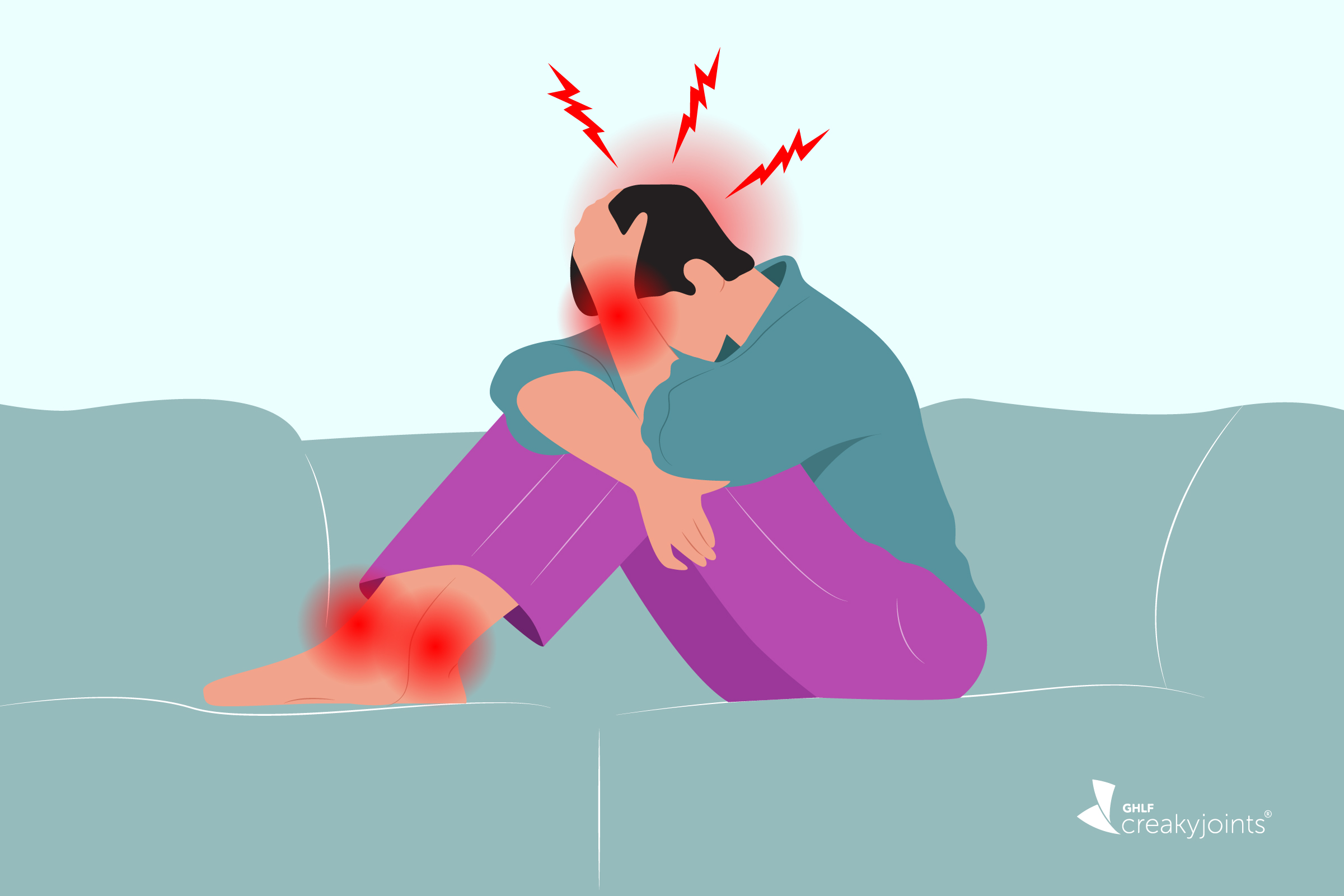The Up-End Migraine Project reveals key gaps in episodic migraine care, aiming to drive change and improve treatment options for patients through insights from both providers and patients.
AIMOVIG®: A CAUTIOUS NEW HOPE
AIMOVIG®: A CAUTIOUS NEW HOPE
August 7, 2018
Jamie Sanders

By now, just about every migraine patient has heard about Aimovig® (erenumab), the first FDA approved treatment for the prevention of migraine in episodic and chronic patients. The news was announced on May 17, 2018 and I’m sure there was a resounding cheer from migraine patients all across the country. Aimovig® is a member of the CGRP class of medications.
CGRP stands for calcitonin gene-related peptide. CGRP plays a significant role in what causes a migraine attack to start. Levels of CGRP rise at the onset of an attack and lowers after relief is achieved. It is thought that these drugs inhibit CGRP neurotransmitters in the brain, thus reducing the amount of attacks a migraine patient has. Sounds too good to be true? Like with any new treatment, it is important to be cautiously optimistic.
Even though several studies involving more than 3,000 participants yielded significant reductions in monthly acute migraine-specific medication days versus placebo1, it is important to remember that there is a real possibility that Aimovig® may not be everyone’s saving grace. With barriers to access such as insurance coverage, exorbitant co-pays and fail first policies, getting the drug may be impossible for many people.
I wanted to know what this new treatment meant to other migraine patients who have waited years for these class of medications to finally become available. Here is what they had to say.
“I’m super stoked about Aimovig® and what it could mean to my quality of life! But being on Medicare, due to disability from migraine, won’t allow me to be able to try it. As Medicare will not cover Aimovig® and I cannot afford to pay out of pocket for it. Until something changes on that front, my quality of life will remain the same, one of isolation and daily unrelenting pain.” – Roni Jones, Hope and Migraine Life
“It means that our voices are being heard and that for the first time ever, pharmaceutical companies and physicians are working to PREVENT migraines. I, of course, realize there are a million ways to improve on this process – the drug is hard to access for some or too expensive and we have yet to see how effective it is. But if you can look past all of the technicalities and logistics, you see a major step in the right direction for the migraine community. Our needs are being recognized and for me, it’s a promise of a brighter future for migraineurs. I’m excited to see what the future holds and what progress is made in my lifetime!” – Olivia Rehberger, Invisibly Enhanced
“Personally, I am beyond excited that CGRP’s are finally being FDA approved. I have waited my entire life for something like this. I love seeing patients in the migraine community finding new hope in this treatment. But, I am smart enough to know that it won’t necessarily be easy to get or will be successful for me if I am able to try it. Although my insurance company does not have a fail first policy for migraine, they may choose not to cover it due to the cost. I may be one of the many chronic migraine patients that will need two doses per month. My insurance company may find that too expensive. And if they do cover it, what if it doesn’t work? If and when the time comes, I am preparing myself for the possibility of disappointment either way.” – Jaime Sanders, The Migraine Diva
“I’ve always said that for me, I am cautiously optimistic about what CGRP will do for me. But I couldn’t wait to see so many of my migraine family members get better. Now that it’s here, I’m nervous, excited, scared, hopeful and pessimistic. I know this combination of feelings doesn’t make sense, but neither does having a chronic disease.” – Katie Golden, Golden Graine
1Goadsby et al. A Controlled Trial of Erenumab for Episodic Migraine. N Engl J Med 2017;
377:2123-2132.
SUBSCRIBE TO GHLF
RELATED POST AND PAGES
_
Was this article helpful?
YesNo




